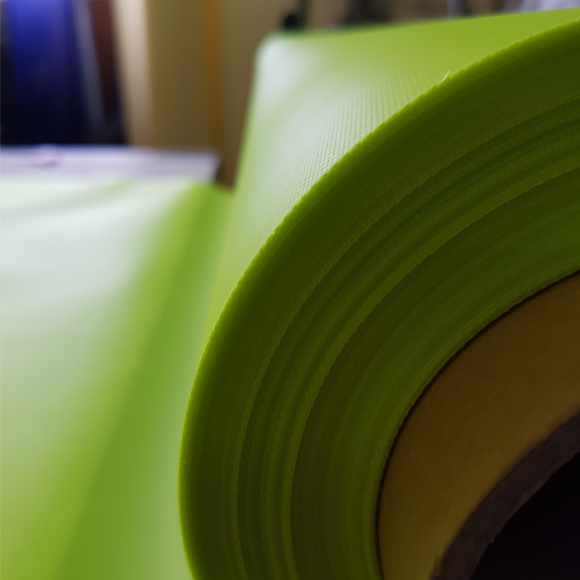
micrAgard And PVC: What’s the Difference?
Here at Openhouse, we exclusively manufacture our products from our very own micrAgard Plus materials. But what exactly are the […]
Here at Openhouse, we exclusively manufacture our products from our very own micrAgard Plus materials. But what exactly are the benefits of micrAgard?
micrAgard is designed to be anti-microbial, flame retardant, water repellent and environmentally friendly. We strive to take the stress away from our customers to ensure maximum Infection Control and prevent cross contamination of bacteria.
Despite the superior properties of micrAgard materials, PVC is still a material that is commonly used. We have tested micrAgard alongside PVC in several tests to compare the fabrics and show how dangerous PVC can be in an environment where infection control is imperative. The tests conducted included tear strength, weight comparison, water resistance and fire retardancy. The below pages from our micrAgard Information Booklet highlight the results.
In the strength test; micrAgard was able to withstand a lot more pressure than PVC and therefore will endure vigorous use. In the weight comparison test; micrAgard proved to be lighter than PVC, weighing nearly half the weight. Both materials were also subjected to vigorous testing to see how they would react to sharp implements and rough surfaces; the surface of the micrAgard material were barely marked with no effects to its performance, whereas the surface of the PVC was severely damaged and all fluids applied soaked into the fabric and impregnated into the fibres, unable to be cleaned or wiped away. When tested in an open flame micrAgard’s surface was only marginally burnt and discoloured, whereas the PVC material burnt away quickly, releasing unpleasant fumes and leaving the material discoloured and deformed. Below, you can read our final conclusion from the tests:[vc_single_image image=”25365″ img_size=”full”]


